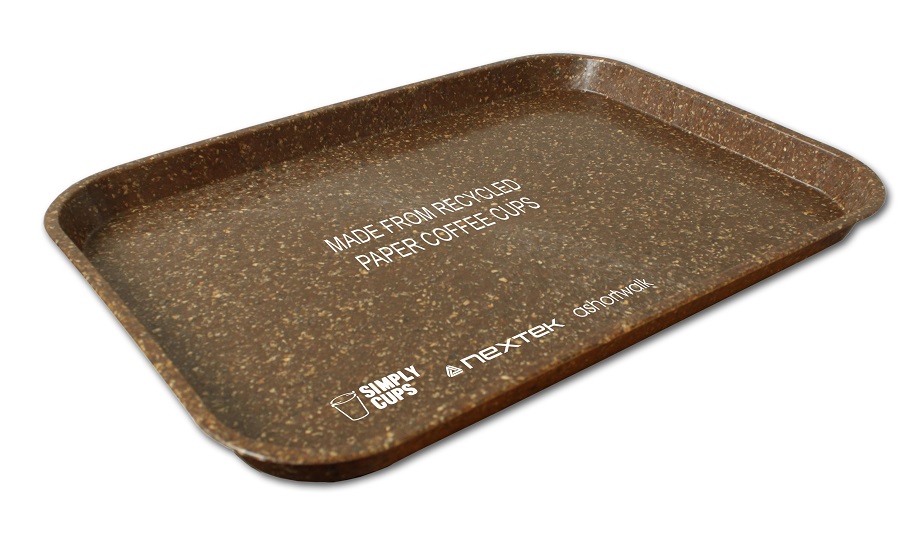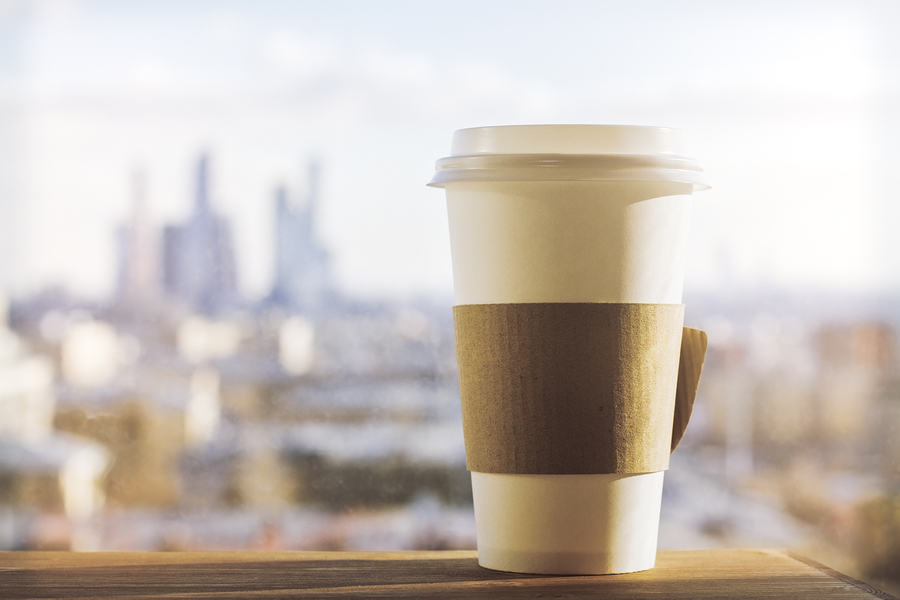It is estimated that as a result of Britain’s coffee addiction, the country pours through 3 billion coffee cups every single year – with only 0.25 per cent of that figure headed to recycling depots.
In a recent development by recycling consultancy, Nextek, the company has been able to create disposable coffee cups that turn into a durable resin – potentially reducing coffee cup waste by a monumental degree.
Edward Kosior, managing director of Nextek, said:
We have used our expertise in polymer composites to develop innovative mixtures of the high-quality paper fibres and plastic coatings and the occasional lid, spoon and straw into high-strength composites that can be used in a wide range of building and consumer products.
“We have named this NextCupCycle resin. One recycling plant could recycle half of the annual volume of UK coffee cups, creating many durable long-life products and displacing virgin materials.”
Currently, the issue lies with the fact that many disposable coffee cups are sealed with a polythene lining in the interior (a technique notably used by both Costa and Starbucks cups), to ensure that the paper does not go soggy.
Unfortunately this means that such cups cannot be recycled along with ordinary paper waste.
An advantage of the new cups is that it removes the entire separation process that the recycling system requires.
Dan Dicker, MD of AShortWalk, specialists in the design and manufacturing of products made from recycled materials, says that:
It’s easy to forget that nothing is truly recycled until it’s been physically reused.
“A solution like this that opens up wider product possibilities will create a far bigger demand for the recycled cups and close an economic as well as a recycling loop.”
The research behind the cups took four years to complete and was undertaken by Dr Jonathan Mitchell at Imperial College. He says that:
Our unique technology has focussed on improving the adhesion of the coffee cup paper fibres to the plastic and our trials have shown that the composite, that can readily use 40% by weight of coffee cups, is much stronger than conventional plastics and can be readily moulded into products at high speeds.
Dr Mitchell calculated that approximately 30,000 tonnes of cups were thrown away every single week in 2014 – the vast majority of which likely never found their way to recycling plants.
Chris Cheesman, a professor in the Department of Civil and Environmental Engineering at Imperial College, London, who supervised the research, says:
Paper cups use very high-quality, very strong cellulose. So the flakes can turn a brittle and not especially tough plastic into something much tougher.
“This makes the material particularly suitable for turning into products where wood is still often used today.”
The new cups were featured yesterday in numerous coffee shops throughout the capital and at the Museum of London Dockland, which itself is set for a sustainable makeover in August.

